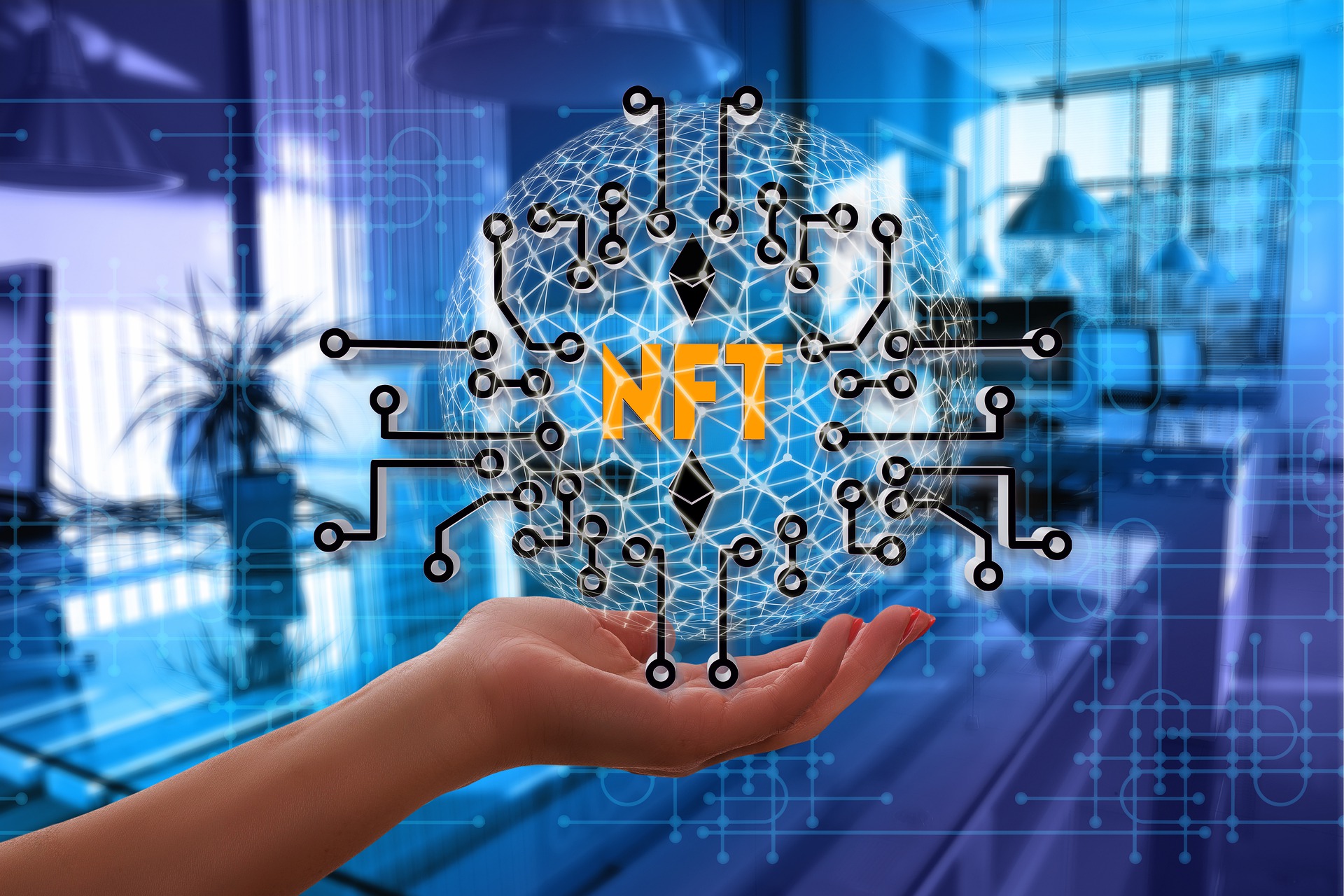WHAT IS TOKENOMICS
Tokenomics is the study of the economic principles and design of cryptocurrencies and other digital assets. It is a combination of the words “token” and “economics,” and it refers to the ways in which tokens are created, distributed, and used within a particular ecosystem or network.
Tokenomics includes the study of how tokens are created (e.g., through mining or through initial coin offerings (ICOs)), how they are distributed (e.g., through airdrops or through rewards for participating in the network), and how they are used (e.g., as a medium of exchange or as a store of value). It also includes the study of the economic incentives that drive the behavior of token holders and the overall health of the network.

THE ANALYSIS OF TOKENOMICS
There are several key components that make up the tokenomics of a cryptocurrency or token:
- Token issuance and distribution: This refers to how the tokens are initially created and distributed to the market. For example, tokens may be issued through an initial coin offering (ICO) or a proof-of-work (PoW) mining process.
- Token utility: This refers to the primary use cases for the token within the ecosystem. For example, a token may be used to access a particular product or service, or to vote on decisions made within the platform’s governance structure.
- Token supply: This refers to the total number of tokens that are available in the market. The supply of tokens can be influenced by factors such as token issuance and distribution, as well as the rate at which tokens are removed from circulation (such as through token burns).
- Token demand: This refers to the overall demand for the token, which can be influenced by factors such as the token’s utility, the overall state of the market, and the perceived value of the token.
- Token economics: This refers to the economic incentives that are built into the system to encourage certain behaviors from users. For example, a token may be designed to incentivize users to hold the token for a long period of time, or to reward users for contributing to the ecosystem in some way (such as by providing liquidity or participating in a staking process).

WHAT ARE THE BENEFITS OF TOKENOMICS
Tokenomics can provide a number of benefits for cryptocurrency and blockchain-based systems, including:
- Incentivizing desirable behaviors: Tokenomics can be used to design tokens in such a way as to incentivize certain behaviors within a system. For example, a cryptocurrency system might use tokens to incentivize users to contribute computing power to the network, or to encourage users to hold onto their tokens instead of selling them.
- Aligning stakeholder interests: Tokenomics can be used to design token distribution models that align the interests of different stakeholders within a system. For example, a cryptocurrency system might use tokens to give early adopters a greater stake in the system, or to give developers a share of the rewards for their contributions to the system.
- Facilitating exchange: Tokens can be used as a medium of exchange within a cryptocurrency or blockchain-based system, allowing users to buy and sell goods and services using the tokens.
- Creating value: By designing tokenomics in such a way as to create demand for tokens, and by using tokens to represent ownership or access to a particular resource or service, it is possible to create value within a cryptocurrency or blockchain-based system.
- Increasing security: Tokenomics can be used to design tokens in such a way as to make it more expensive for attackers to attack a system. For example, a cryptocurrency system might use tokens to incentivize users to contribute computing power to the network, making it more expensive for attackers to overpower the network.

WHAT ARE THE DISADVANTAGES OF TOKENOMICS
There are a few potential disadvantages of tokenomics to consider:
- Complexity: The design of tokenomics can be complex, requiring a deep understanding of economics, game theory, and computer science. This can make it difficult for some stakeholders to fully understand and participate in the system.
- Volatility: The value of tokens can be volatile, making it difficult for users to predict their value over time. This can make it difficult for users to make informed decisions about when to buy or sell tokens, and can also make it difficult for businesses to use tokens as a stable form of payment.
- Centralization risk: Depending on the design of the tokenomics, it is possible for a small group of individuals or organizations to hold a large proportion of the tokens within a system. This can lead to centralization of power and influence within the system, which may not be desirable for all stakeholders.
- Regulatory risk: Cryptocurrencies and tokens are often subject to varying degrees of regulation, and the legal status of tokens can vary from one jurisdiction to another. This can create regulatory risk for users and businesses that operate within the system.
Overall, tokenomics plays a critical role in the design and operation of cryptocurrency and blockchain-based systems, as it helps to create incentives that drive the desired behaviors and help to create value within the system. While tokenomics can provide many benefits for cryptocurrency and blockchain-based systems, it is important to carefully consider the potential disadvantages and to design tokenomics in a way that is fair, transparent, and sustainable.

Leave a Reply